OPEN WATER DIVER
BUILDING A SOLID FOUNDATION OF KNOWLEDGE
The Open Water Scuba Diver Course is the first step for anyone wishing to explore the underwater world independently and safely. This training program is designed to provide students with a solid foundation of knowledge and skills necessary to conduct open water dives without the direct supervision of an instructor. By the end of the course, participants will be able to dive independently in conditions similar to those in which they trained, gaining confidence and awareness of their abilities.
The course is structured to cover all the essential knowledge needed to become a competent diver. Students will learn about scuba equipment, gaining a detailed understanding of the function and importance of each component, such as the regulator, buoyancy control device (BCD), air tanks, and wetsuits. The course also covers aspects of equipment maintenance and proper handling to ensure safety during every dive.
In addition to equipment, the course addresses important concepts in underwater physiology. Students will learn how the human body reacts to diving, with a particular focus on the effects of pressure and the management of breathing underwater. Topics such as pressure equalization, buoyancy control, and air management will be covered—critical elements for safe and effective diving.
Another key aspect of the course is understanding the marine environment. Students will receive information on various types of marine ecosystems, learning to recognize and respect the flora and fauna that inhabit the underwater world. A central theme will be the awareness of marine conservation, encouraging future divers to become advocates for ocean protection.
The Open Water Scuba Diver Course is not limited to theoretical instruction. Students will have the opportunity to practice their skills during pool sessions or confined water dives before moving on to open water dives. These practical sessions will help students gain confidence in basic scuba techniques, such as buoyancy control, regulator use, underwater communication, and safety procedures.
